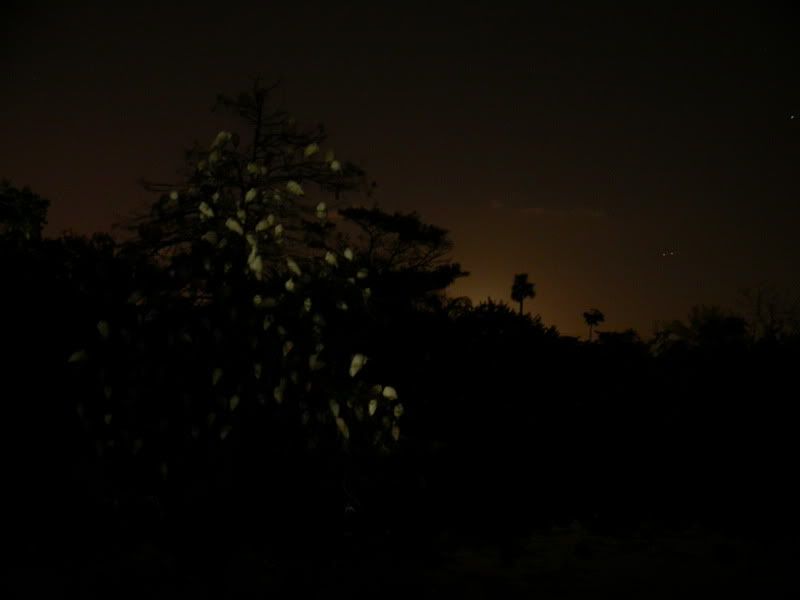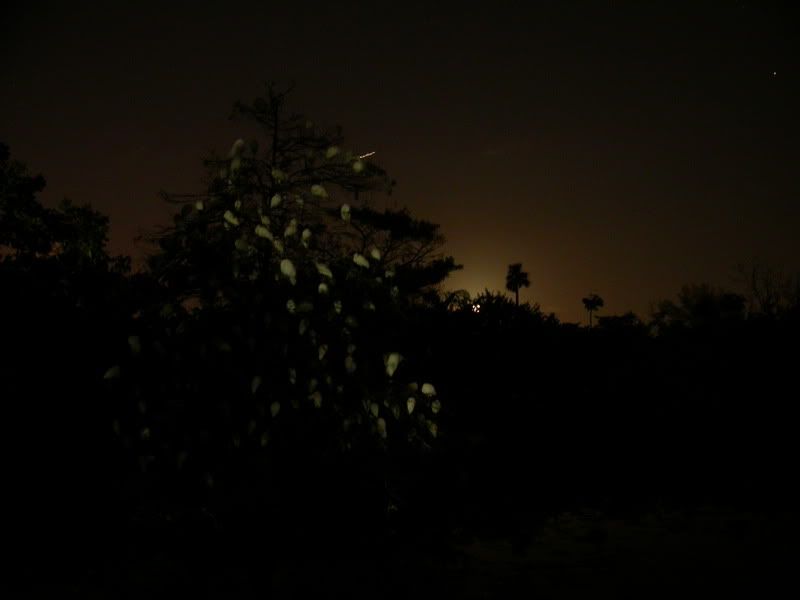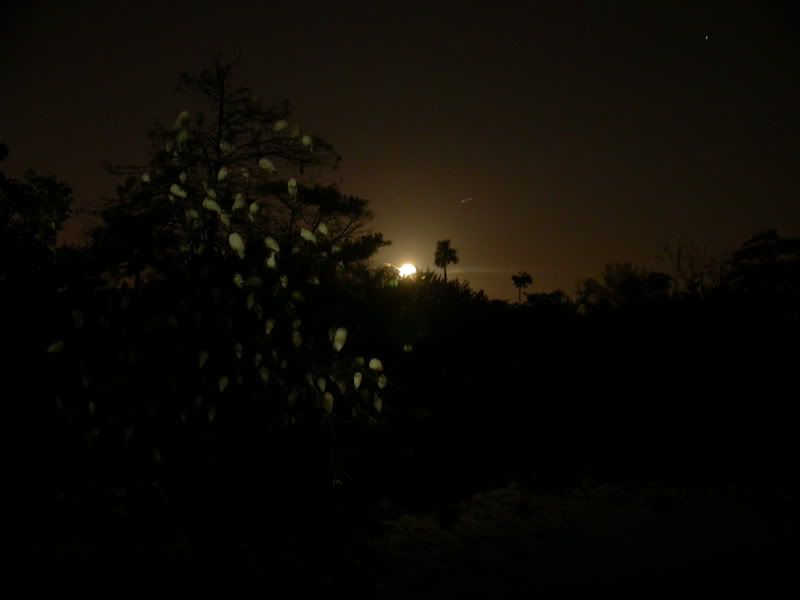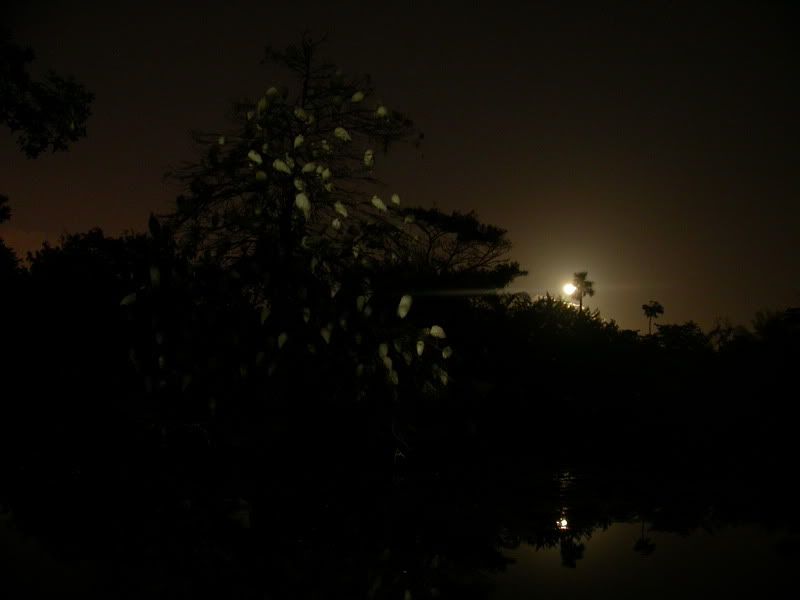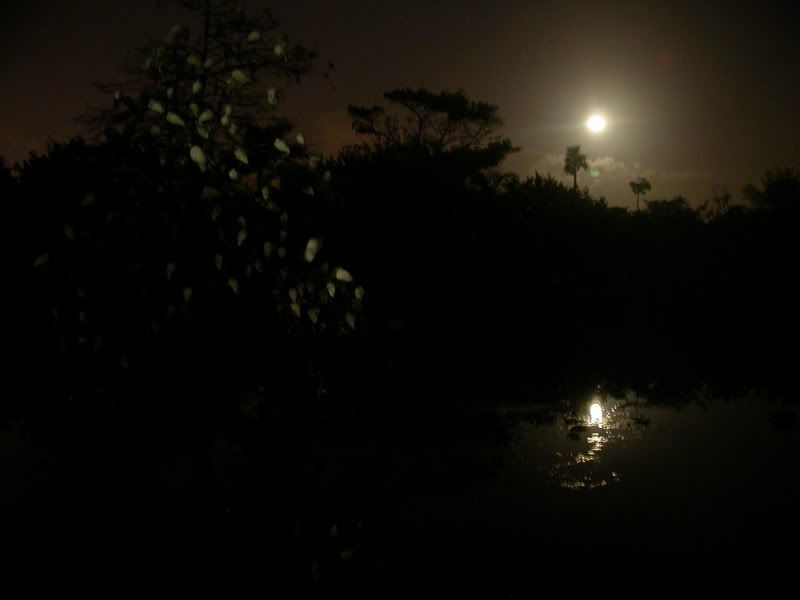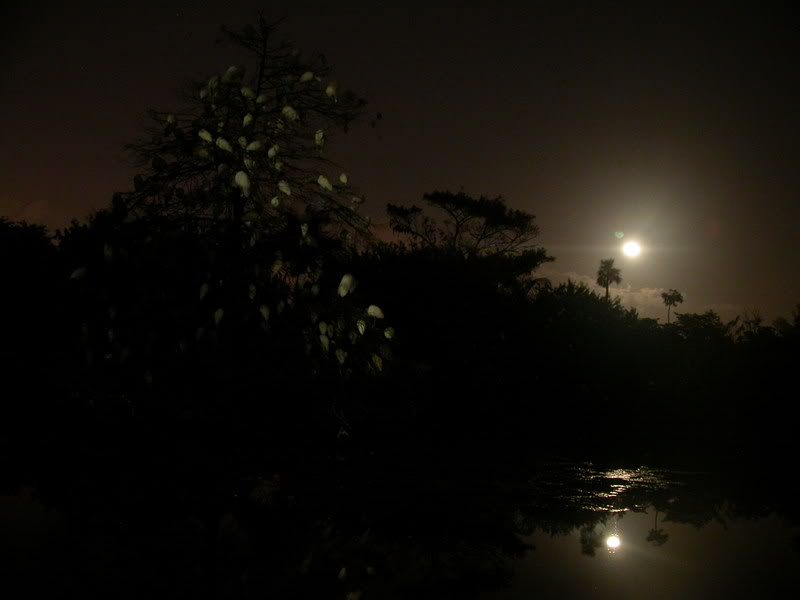3500 years before present to January 16th, 2012
The beloved Pond
Cypress (Taxodium ascendens),
affectionately nicknamed “the Senator”, was born 3500 years ago in what is
present day Longwood , Florida United
States
The Senator, like other members of its species was well
known for its thin, waxy, needles and a preference for growing in poorly
drained natural depressions. Cousin of the Pond Cypress, the Bald Cypress (Taxodium distichum) is known for waxy, feathery needles and
can be found in well nourished floodplains. Both have round cones, buttressed
roots, thick, fire resistant bark and supportive “knees”.
The Senator is survived by seven clones that have been
transplanted around the state as well as Lady Liberty, the Senator’s 2000 year
old companion tree in Big
Tree Park
 |
| Photo by Jared Lennon |
Breaking News: Death
of an Iconic Conifer
Investigators have arrested a woman who admits to lighting a
fire that accidentally torched a 3500 year old Pond Cypress in Longwood , FL.
Opinion
Pond Cypress and Bald Cypress can be found through out the
southeastern United States and although much of the old growth has been cut
there are still places where centuries old cypress can be found (like the one
above, photographed in Audubon’s Corkscrew Swamp Sanctuary in Naples, FL).
Still, cypress-filled wetlands are destroyed by the acre each day due to
development. We’ll never have another Senator “unless”….



